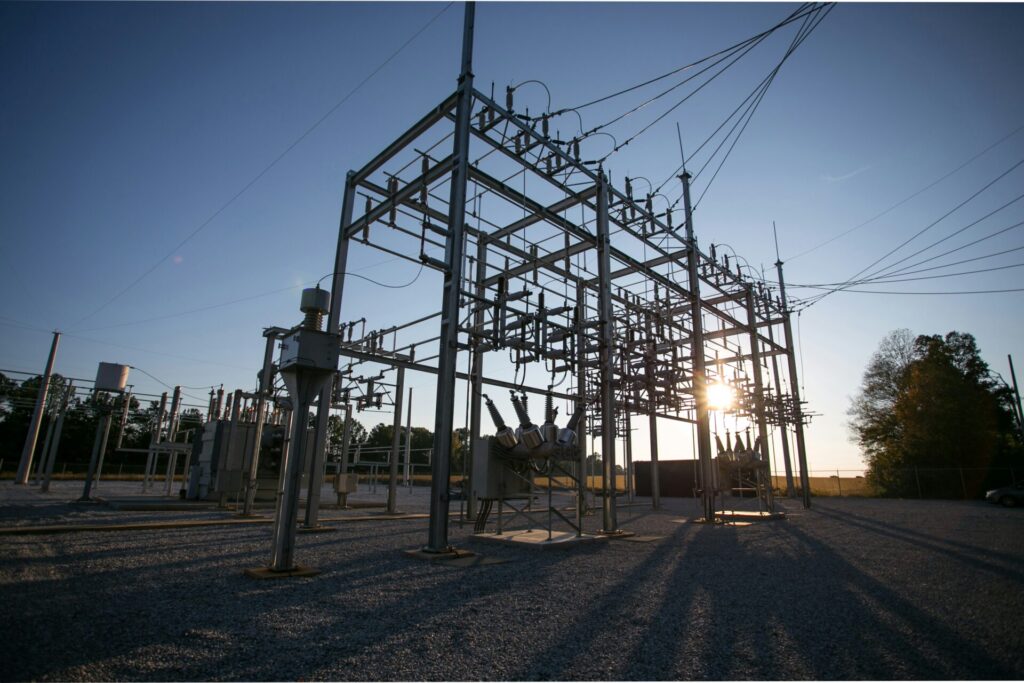Written by Imre Toth, Director – Engineer
From 1965 to 1971, there were many observations of high levels of phosphorus removal at municipal activated sludge treatment plants in the USA. Phosphorus removal efficiencies were greater than 80 percent compared to typical removals of 20-25 percent for activated sludge treatment due to phosphorus needs for biomass growth from BOD removal. Levin and Shapiro (1965) presented experimental results on the occurrence of excess phosphorus uptake by biological activity. They further proposed the sidestream process (Phostrip) for biological release of phosphorus from return activated sludge and subsequent chemical precipitation of the soluble phosphorus in the separated liquid stream from the Phostrip process.
Further designs were not presented at that time due to a lack of understanding of the basic mechanisms behind the excess phosphorus uptake. Barnard (1974) was the first to clarify the need for anaerobic contacting between activated sludge and influent wastewater before aerobic degradation is accomplished, and this concept was called enhanced biological phosphorus removal (EBPR).
A number of modifications were proposed on the original EBPR concept, and the selection was depending on influent wastewater characteristics, effluent treatment objectives and a number of economical factors affecting the decisions (Tchobanoglous et al, 2014).
Enhanced biological phosphorus removal became an attractive means for achieving effluent phosphorus (P) limits in municipal wastewater treatment plants and can be achieved with providing anaerobic conditions in the mainstream or in the sidestream recycled activated sludge. The alternative approach for P removal is chemical addition (e.g., ferric, alum), which has several disadvantages that includes increased excess sludge for disposal, dependence on availability of metal salts, increased operational cost, and difficulties for P recovery.
However, EBPR plants often do not achieve consistent and reliable performance. In many cases, additional chemical addition is needed to achieve effluent P limits, and therefore the advantages of EBPR are often lost.
Solids residence time (SRT), anaerobic mass fraction and contact time, nitrate entering to the anaerobic tank via recirculation, and temperature all impact performance. Recent studies concluded that reliable and successful EBPR performance can be attained in plants with a mainstream anaerobic zone provided the anaerobic mass fraction is sufficiently large, often in the range of at least 15% to 25% (Dold, 2019[RK1] ).
As Transcend listens to the feedback and the needs of its customers, alterative EBPR configurations (A2O, 5-stage Bardenpho, UCT) are now available for activated sludge process in Transcend Design Generator. The design logic includes most recent findings to improve design of mainstream EBPR in order to achieve reliable performance.
References
Barnard. J, L. (1975). Biological Nutrient Removal without the Addition of Chemicals,” Water
Res., 9, 5-6, 485–490.
Dold, P., Conidi, D. (2019). Enhanced Biological P Removal: Have we forgotten how to design a bioP plant? Proceedings of the Water Environment Federation, WEFTEC 2019.
Tchobanoglous. G., H. D. Stensel., F. L. Bunon (2014). Wastewater Engineering, Treatment and Reuse, 5th ed., Metclaf & Eddy, Inc., McGraw-Hill, New York.
Levin. G. V., J. Sharpiro. (1965) Metabolic Uptake of Phosphorus by Wastewater Organisms, J. WPCF, 37.6. 800-821.





